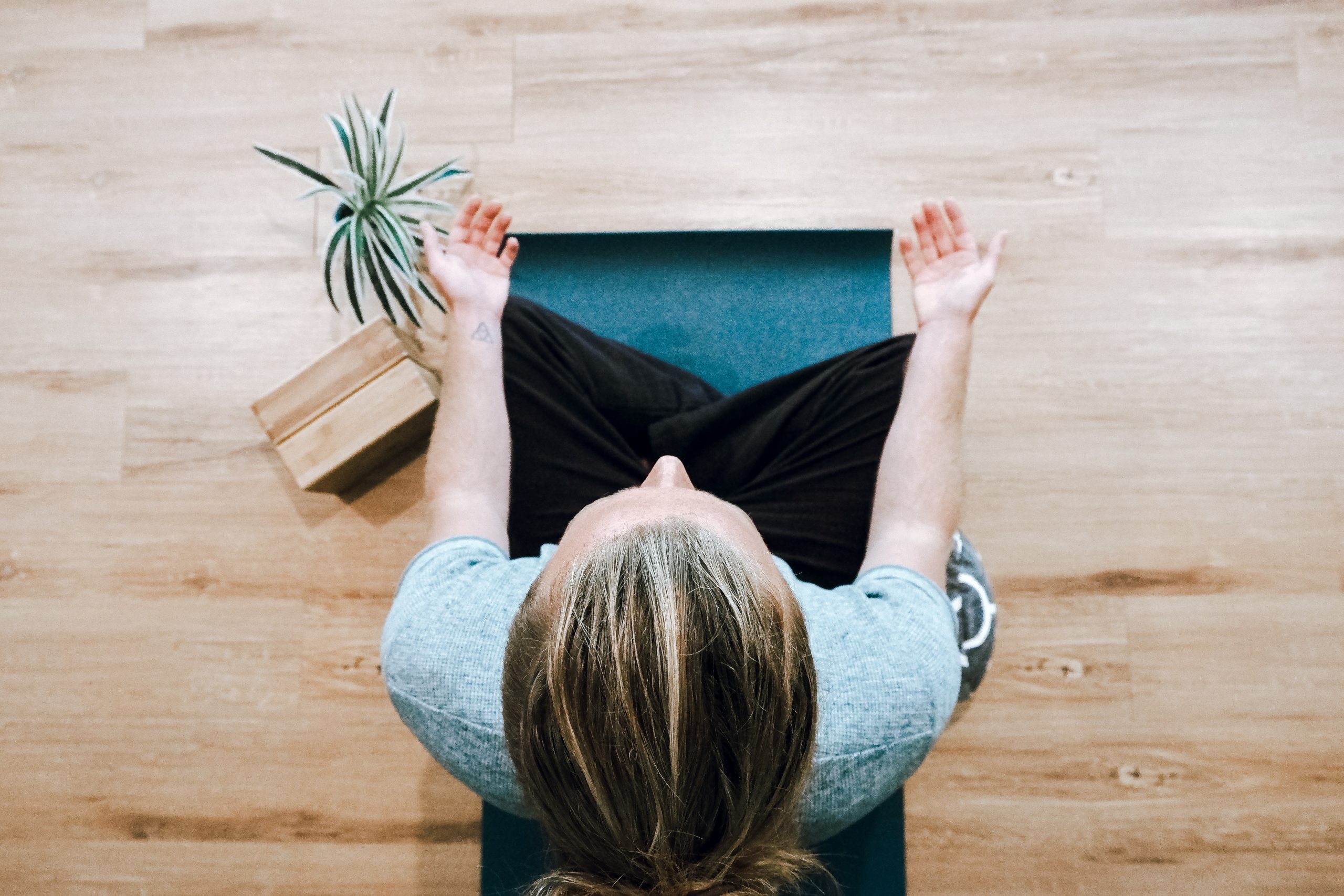What is Mindfulness?
Mindfulness is a practice that brings you into the present moment. When you live mindfully, you take note of your thoughts and emotions, and let them pass.
You learn to observe negative thought patterns like black clouds in the sky, and be compassionate with them as they drift away. This allows you to better control your emotions and anxiety.
Focus on your breath
One of the most basic and powerful mindfulness practices is to focus on your breath. The practice can be done anywhere, at any time, and is a great way to refocus on the present moment. It also helps to calm the mind and reduce stress. Stress can cause a variety of health problems, including sleep problems, high blood pressure, and heart disease. Mindfulness can help to control stress by reducing the level of cortisol in the body.
Sit in a comfortable position and begin to focus on your breathing. Notice the natural rhythm and flow of your breath, feeling it in your chest and belly. Try to follow your breath through full cycles, from the inhalation to the exhalation. If thoughts enter your mind, simply observe them without judgment and return to focusing on your breathing.
Mindfulness meditation can be used to control anxiety and depression and improve general well-being. However, it is important to understand that it takes time and may not be effective for everyone. It can also be useful as a complement to other therapies and treatments.
Practicing mindfulness can help you to be more present in your life and enjoy it more. It can also help to prevent stress and depression by teaching you how to control negative thoughts and emotions. It can also help to slow down the progression of mental health conditions like Alzheimer’s and dementia by increasing the connections in your brain that regulate emotions, memory, and learning.
Focus on your thoughts
The goal of mindfulness is to observe your thoughts without judgment and gently bring your focus back to sensations in the present moment. This helps you learn that your thoughts are not you and can be let go of when they aren’t helpful or causing you distress.
Mindfulness practices can be done alone or with a mental health professional. Some people with conditions like anxiety or depression find that practicing mindfulness can help them reduce their symptoms, but it’s important to remember that these practices aren’t a cure-all and may be most effective when used in conjunction with other treatments.
There’s also some evidence that mindfulness can help treat more complex mental health issues, such as psychosis and bipolar disorder. However, more research is needed in this area. If you’re struggling with these conditions, mindfulness can be beneficial if you can find ways to incorporate it into your daily life, such as by turning off the TV during meals or using meditation apps to focus on your breathing.
Mindfulness has also been shown to improve sleep, reduce stress levels, and prevent weight gain. It can even slow the onset of Alzheimer’s and dementia by increasing connectivity in the brain. But it’s important to note that mindful practice can trigger uncomfortable or even distressing feelings, so be careful when starting your journey.
Focus on your body
Mindfulness can help you focus on your body and physical sensations. It is also a way to notice your emotions without judgment. For example, if you are feeling anxious, mindfulness practices can help you notice the feelings as they arise and let them pass. It can also help you notice when you are experiencing positive emotions, like joy. It is important to note, however, that mindfulness must be practiced in a safe and supportive environment. Practicing mindfulness in isolation or without professional guidance may cause negative reactions.
Many people experience stress in their daily lives, and mindfulness practices can help them to cope with this stress. Practicing mindfulness can also help people with chronic health conditions. Research suggests that it can reduce the pain and depression that often accompany these conditions. Additionally, it can improve sleep and eating habits. Mindfulness can even help people with substance use disorders by helping them understand and tolerate their cravings.
Some ways to practice mindfulness include sitting meditation, walking meditation, and using your senses to experience the world around you. You can also use mindfulness techniques during everyday activities, such as eating a meal or brushing your teeth. Try to find a routine that works best for you, and stick with it. The more you practice, the more likely it is that you will see improvements in your life.
Focus on your surroundings
Mindfulness practices help you focus on your surroundings, allowing you to notice details that you might normally ignore. It’s a great way to increase awareness of your environment and connect with nature. It’s also a way to reduce stress by focusing on what you can control, rather than worrying about the future or replaying past events.
One of the most common mindfulness techniques is meditation. Many people spend 5-20 minutes a day sitting still and tuning into a mindful state. This can include listening to a guided meditation or simply breathing deeply. Some people find that it helps to have a dedicated space in their home that can serve as their meditation zone.
There are other ways to practice mindfulness as well, such as eating a meal slowly so that you can enjoy every bite and focusing on the smells, sounds, and textures of your surroundings. Journaling can also be a form of mindfulness, allowing you to express your thoughts in a creative way that helps you gain perspective on difficult emotions.
While mindfulness originated from Buddhist spiritual meditation practices, it doesn’t require any religious affiliation. It’s a great way to decrease your stress levels, eliminate negative emotions and improve performance in the workplace and at home. For more information about how you can incorporate mindfulness into your daily life, contact a mental health professional who specializes in stress management.

